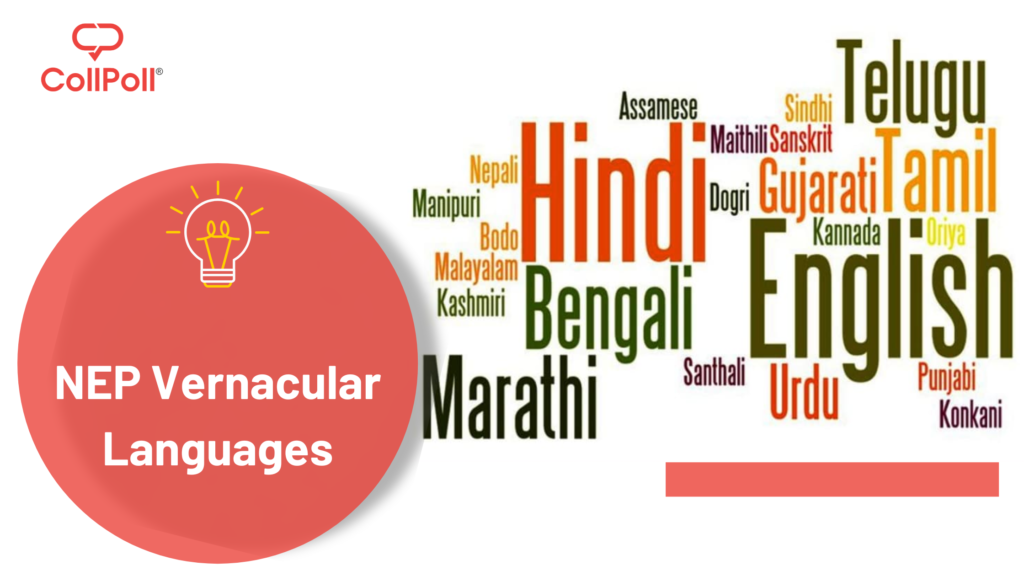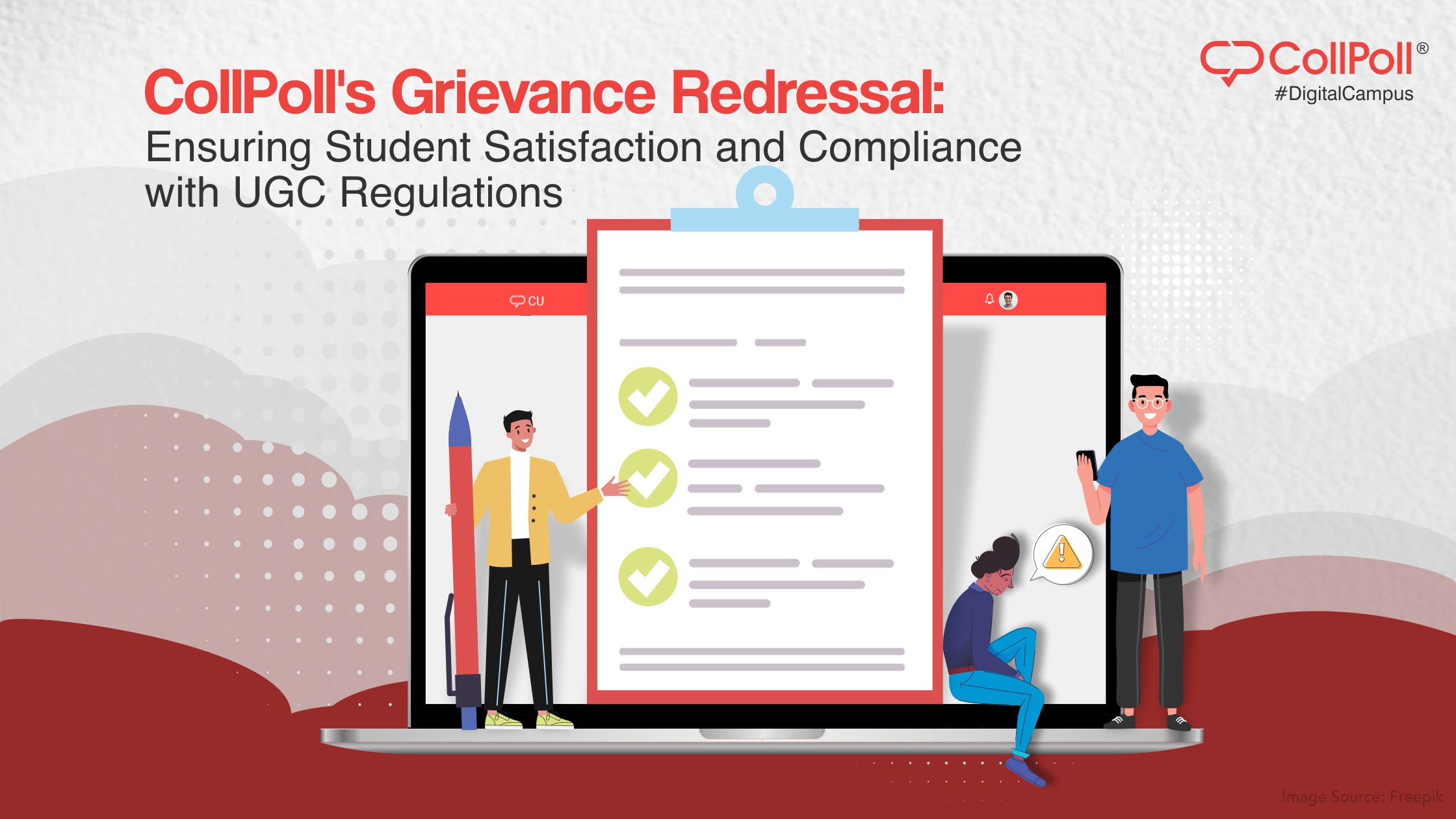NEP Stresses on Teaching in Mother Tongue
Newborns may not be able to speak or understand a word but when they listen to others talking, they try to make sense of what they hear. The language they grew up listening to becomes their native language. Therefore, it is important to get kids familiar with their mother tongue at the foundational stage. It stands true for their education as well because teaching children in their native can drastically transform the learning in India.
In a 1953 report named “The use of vernacular languages in Education” published by the UN, two aspects stood out. First was its iteration that “every child of school age should attend school, and the best medium of teaching is the mother tongue of the pupil.” Secondly, its emphasis on “all languages, even the so-called primitive ones, are capable of becoming media for school teaching; some perhaps merely as a bridge to a second language, while others may be used at all levels of education.”
In 2004, another report of the UN entitled “The importance of mother tongue-based schooling for educational quality” discussed submersion or “instruction through a language that learners do not speak because it is analogous to holding learners underwater without teaching them how to swim.” This particular report recommends “bilingual teaching.”
According to the NEP 2020, “wherever possible, the medium of instruction until at least Grade 5, but preferably till Grade 8 and beyond, will be the home language/mother-tongue/local language/regional language” for both public and private schools.
- NEP in higher education focuses on teaching and learning Indian languages at every level. To ensure that languages remain relevant throughout, high-quality learning material for workbooks, textbooks, poems, videos, novels, magazines, plays, etc., must be published in these native languages.
- There should be regular updates to the vocabulary and dictionaries to discuss the latest issues and concepts effectively in these languages.
- Colleges must take initiatives to foster these languages, adopt three-language formula to promote multilingualism, teach in the home/local language whenever possible, conduct experiential language learning, and hire local artists, craftsmen, writers, and other native experts to instruct learners including Indian knowledge along with tribal and local knowledge in the curriculum.
- Launch and development departments and educational programmes in Indian languages, creative writing, comparative literature, philosophy, arts, music, etc., across the country.
- HEIs and academic programmes should use NEP languages as a medium of instruction.
- Sanskrit will be included as one of the three language options in higher education to make it more streamlined. Sanskrit Universities will also be a part of large multidisciplinary institutions of higher learning.
- All Indian institutes and universities will include classical languages and literature. They will also make an effort to collect, preserve, translate, and study thousands of manuscripts that still need attention.
- Efforts will be made to strengthen Sanskrit and other Indian language institutes and departments.
- Classical language institutes will be merged with universities but will keep their autonomous status. This will let faculty work smoothly and students can be trained through robust and rigorous multidisciplinary programmes.
- Universities that are dedicated to languages will soon become multidisciplinary.
- National Institutes will be set up within a university campus for Persian, Pali, and Prakrit.
- For every language that is mentioned in the Eighth Schedule of the Constitution of India, Academies comprising some of the greatest scholars and native speakers will be established by the Central Government in collaboration with State Governments. Similarly, Academies for other highly spoken Indian languages may also be established by the Centre and/or States.
- Indian languages and associated arts and culture must be documented through web-based portals to preserve them.
Conclusion
Research has proven and experts have concluded that when children are exposed to their native languages even while teaching, especially in their foundational years, it results in higher proficiencies, improved scores, and higher retention. Using the available resources, bilingual teaching through textbooks and e-content is an excellent beginning to create a secure future for learners.
For effective teaching and streamlined academic operations, you need an automated digital solution that features all the key modules and functions. CollPoll offers you all-inclusive AI-based software that addresses the challenges of higher educational institutions. Call us now to seek expert assistance.





